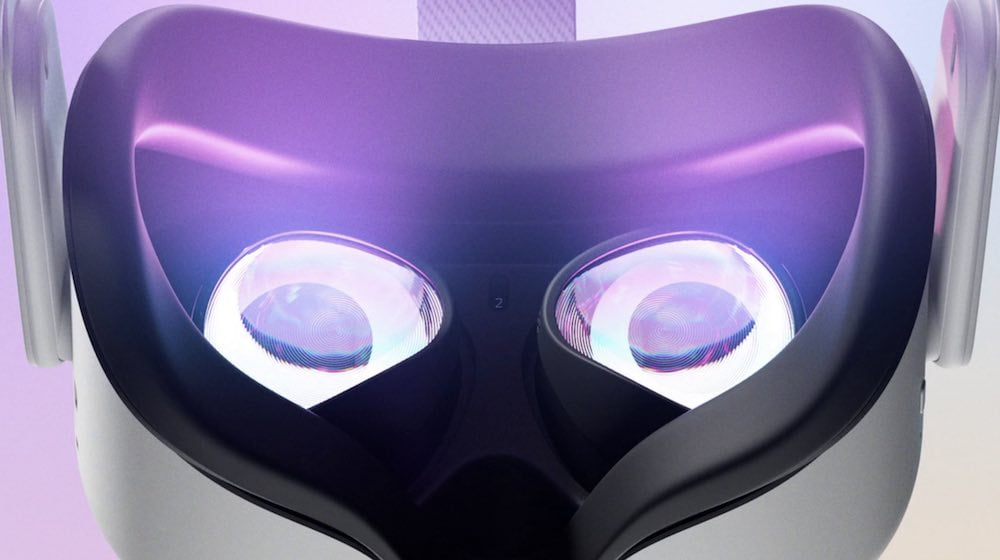Meta Quest 2: How far the display is from Retina resolution

At Display Week, Meta revealed interesting numbers about the display of one today's most important VR headsets
Display Week is an annual conference of the Society for Information Display (SID). At the event, developers exhibit new displays and give talks about display technologies. This year the conference took place May 8-13 in San Jose, California.
UploadVR's David Heaney was in attendance and attended a talk by Meta's display engineer Cheon Hong Kim titled "High-PPI Fast-Switch Display Development for Oculus Quest 2 VR Headsets." In the talk, Hong Kim gave insight into the implementation and revealed previously unknown technical details of the display.
Second-generation display
The Meta Quest 2 uses a fast-switching LC display. This means that the pixels only light up for a fraction of a second. This avoids an unsightly blurring effect. In technical jargon, this is also called "low persistence."
First-generation commercial VR headsets like the Oculus Rift, HTC VIVE, and Playstation VR all used OLED displays because this type of display enabled high response times. Only later were much cheaper, fast-switching LC displays invented and mass-produced. These displays are in devices like the Oculus Go, Valve Index, and even the Meta Quest 2.
Only a partial area of the display is used
The resolution (1,920 by 3,664 pixels) and maximum refresh rate (120 hertz) of the LC display used in the VR headset were alreeady known. More details came to light in the presentation: The display is 5.46 inches, has a pixel density of 773 PPI and shines with 100 nits. The screen can be brighter in normal use, but the luminance value refers to the low persistence mode.
Since Quest 2 uses a single display with three IPD settings, only a partial area of the full display surface is always visible. The resolution is therefore lower than the stated 1,920 by 1,832 pixels per eye. The corners have been cut off to save space.
Still far away from "retina resolution"
Hong Kim also addressed the notorious "screen door effect." The Quest 2's LC display has a denser pixel pattern than the first virtual reality glasses, but the gaps are still visible.
The Quest 2, Hong Kim revealed at the end, has a PPD of 21 (pixel density depending on field-of-view). That's a decent jump compared to the Oculus Rift (2016), which has around 14 PPD, but nowhere near the performance of the human eye, which is around 60 PPD. Retina resolution is still a long way off. But that is precisely Meta's goal, according to the presentation.
In the UploadVR article, you can see images of the PowerPoint presentation and read more details. It is worth reading.
Note: Links to online stores in articles can be so-called affiliate links. If you buy through this link, MIXED receives a commission from the provider. For you the price does not change.